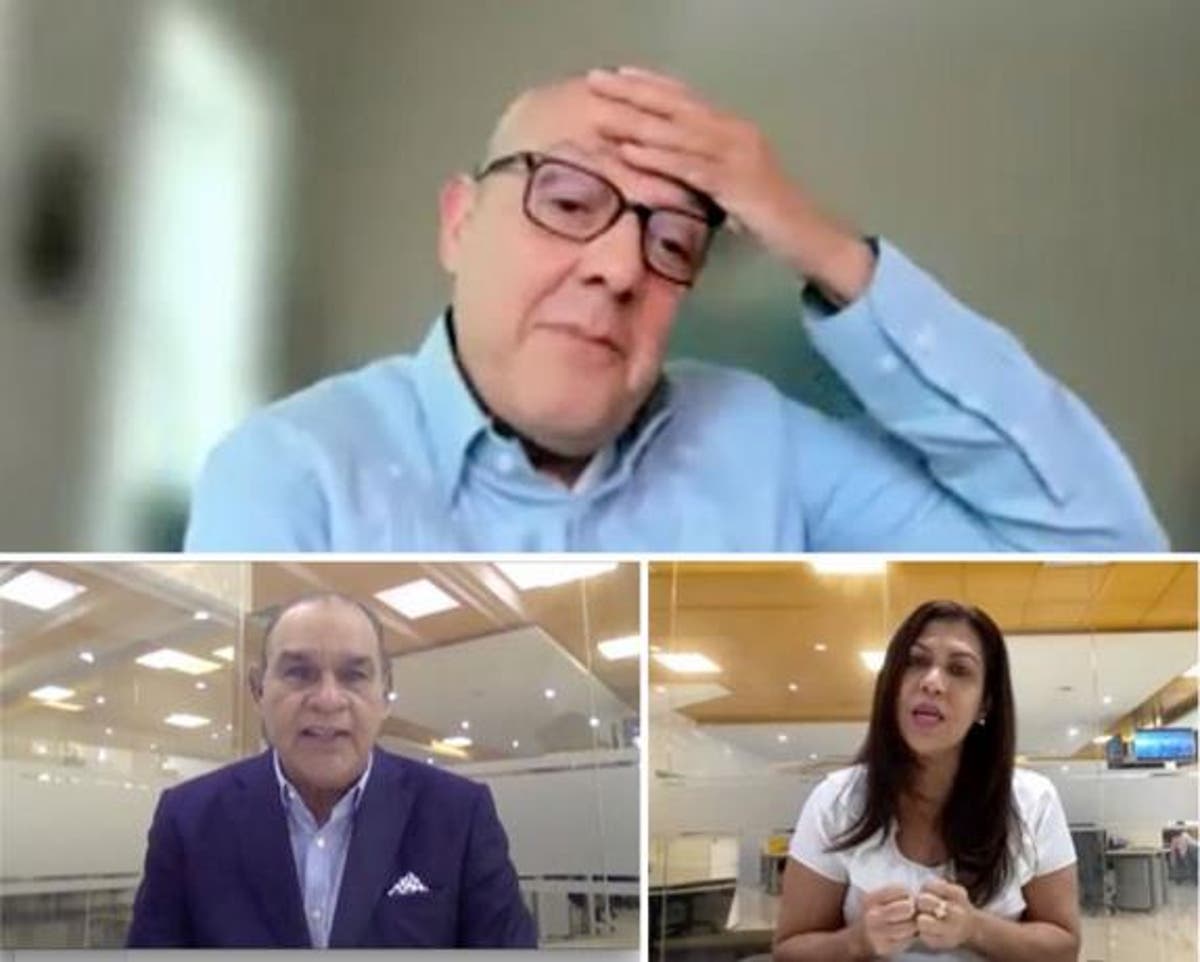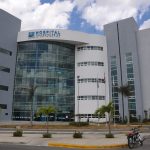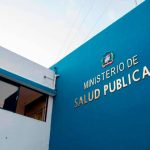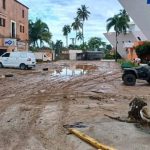PAHO advises closure of some provinces

Marcos Espinal, Miguel Franjul and Doris Pantaleón, at the Rendezvous with Covid. LISTÍN DIARIO
Warns capital can get out of hand.
Santo Domingo, DR
The Pan American Health Organization (PAHO) considers it appropriate for the country to consider establishing a new closure modality in different provinces, including a curfew from 2:00 pm, teleworking, and deferred working hours in companies that break the Covid-19 infection curve.
These measures, according to Dr. Marcos Espinal, director of Communicable Diseases and Environmental Determinants of PAHO in Washington, should be considered especially for Greater Santo Domingo, where there is a high hospitalization rate, 65% of the infections, and the positivity indicators are above 20%, which, he said, is showing signs that it could “get out of hand.”
Together with these more rigorous measures of mobility restriction, the epidemiology expert recommends continuing to work hard on the vaccination of the population against the Covid-19 virus, especially in the application of the second dose, for which he recommends extending the community vaccination day carried out by the authorities during this weekend.
Targeted closure
In Washington, the Dominican doctor made the statement while participating as a guest on “Cita con el Covid,” broadcast every Monday at 9:00 pm on listindiario.com, hosted by its director, Miguel Franjul, and journalist Doris Pantaleón.
He understands that the closure should not cover provinces where positivity is low. Still, there is no doubt that Greater Santo Domingo is at risk and can get out of hand, so it should be kept in mind that if the curfew should be lowered to 12:00 noon or 2:00 in the afternoon, it should be done for one or two weeks. If it is necessary to close for that time, it should not be discarded either.
It’s not just “the weather.”
The PAHO official in Washington said that in addition to the so-called “teteo,” (covert gatherings/parties), there are other factors that influence the high transmission of the virus in Greater Santo Domingo, such as the high population density that has to take buses, the subway, or very compact concho cars to get to work.
He recognizes an economic situation that deserves attention because the pandemic implies a social, economic, and health problem. It is necessary to explore the options coldly, looking at the pros and cons, he suggested.
Successful vaccination
Dr. Espinal highlighted the excellent vaccination work that the country has developed, being a leader in the region, with more than 35% of its population vaccinated with a first dose. “The authorities should be congratulated because this vaccination program is what is going to put an end to the pandemic, we have to bet on vaccination,” he added.
He said that the massive community vaccination campaign carried out over the weekend must continue permanently. He called on business people and civil society, baseball players, and artists to join the campaign as the primary tool to cut the chain of transmission.
Espinal considers that the country must accelerate the application of the second dose because it only has between 12 to 15% of the population in this line, and the scheme must be complete to complete the protection.
He suggested that business people should offer facilities and that there should be incentives for those who complete the second dose.
“My call is that the whole country gets vaccinated, that there is integration of all sectors, so that the vaccines reach people easily, because what is going to free us from this is the vaccine,” he added.
Third-wave
He said that we are currently in a third wave of the virus, which has not reached the extremes of the second, so prevention and mitigation measures must continue.
However, he pointed out that the Dominican Republic has done an excellent job controlling the pandemic, noting that it has one of the lowest mortality rates in the region, although there is always underreporting in all countries.
KEYS
Suggestions.
Among the measures recommended to cut the transmission of the virus, Espinal highlighted the confinement, curfew, partial closures, prohibition of large group meetings, teleworking, and differentiated schedules in companies, where one group of employees goes one the other the next day.
Subregion.
“When a sub-region of the country contributes 65% of the cases, this should be looked at with a magnifying glass because it can get out of hand,” said the expert, who understands that each province should be evaluated separately.
Drasticity. Espinal considers that the main thing is to protect the population and health personnel and that if it is necessary to bring the curfew to 2:00 in the afternoon in some of them to do so, in order to control mobility.

















